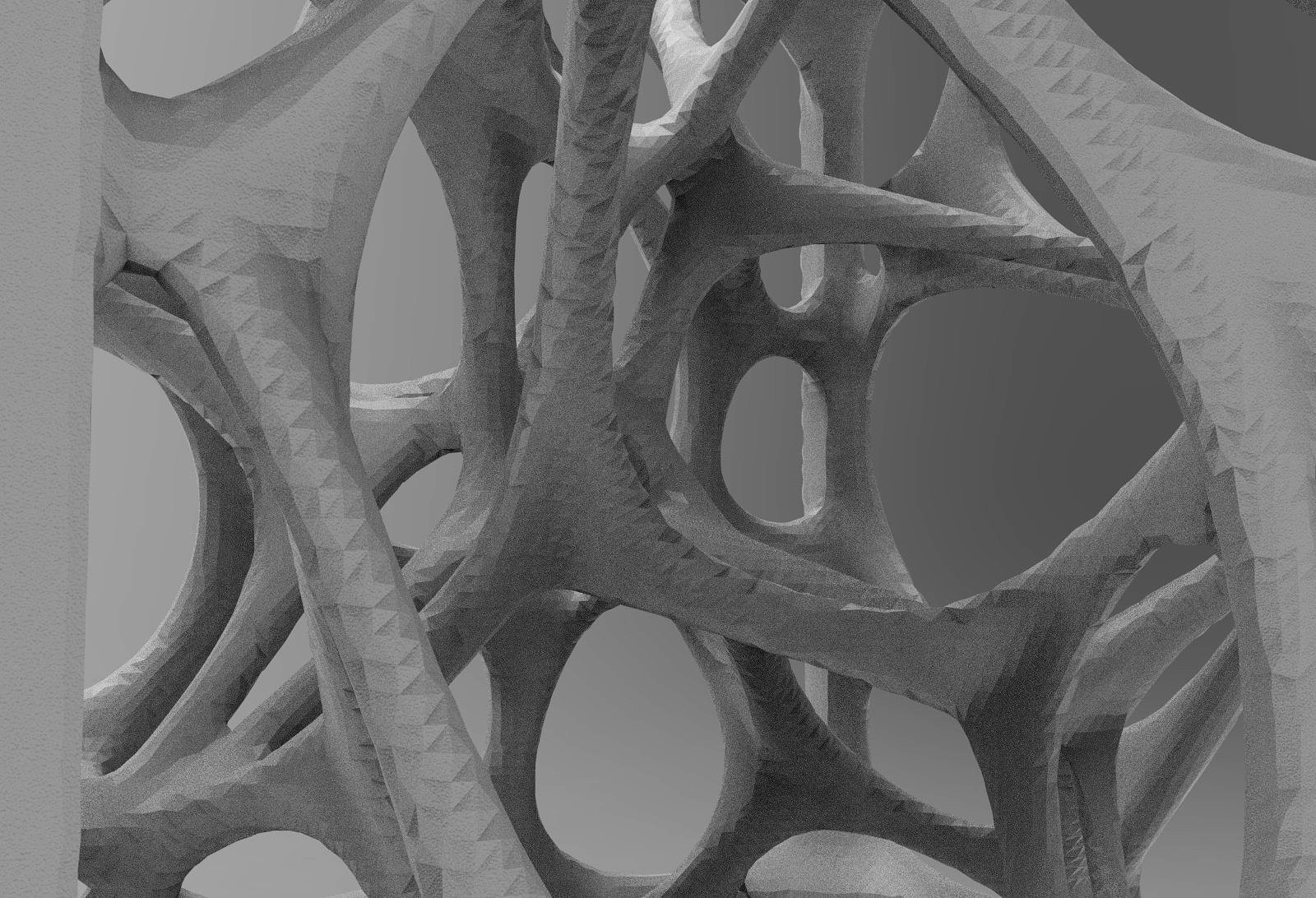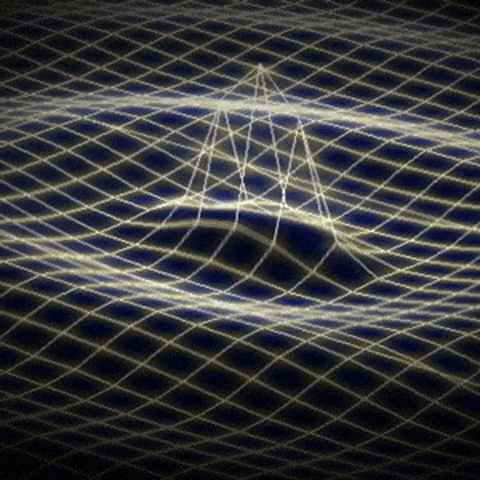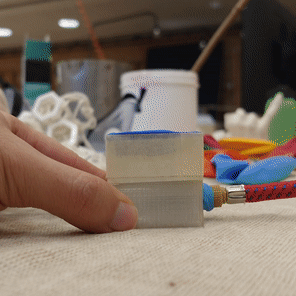MATERIAL RESEARCH DEEPMIND X MAMF
MODEL MACHINE
Lethaby Gallery
08 April 2023 - 20 April 2023
TRANSITING FROM
2 DIMENSIONAL MATERIAL
TO
3 DIMENSIONAL MATERIAL
INSPIRED BY TRABECULAR STRUCTURES
This research is completed with
Parigna Desai from PARI - PARI _
This is a Material Research that explores
the possibilities of converting textile material
from a 2 Dimensional into a 3 Dimensional product.
The research focuses on
1. 2D to 3D structures
2. Material Realism for the proposed structure
3. Production purpose of the Material

2D
Two Dimensional or 2D, represents a flat figure or shape that consist of usually length and width. Commonly recognized as X & Y axis.3D
Three Dimensional or 3D, represents a figure or shape that consist of length and width and height.
Commonly recognized as
X , Y & Z axis.RESEARCH
FASHION MATERIAL
TEXTILE
MANUFACTURING
Historically, fashion materials / textiles are made through 2 Dimensional structure. This is because fundamentally, textiles are created with yarns as the basic building block.
This result in most textiles creation in warp and weft as the demand for clothing materials are usually flat.
In this project, we revisit the fundamental idea of textile production, researching on traditional methods of fabric manipulation to how 3D materials can be used or manufactured in the modern world.
Netting material was introduced to test if material movement can be recover from the stretch.Introducing slits into material to change material movement dynamics.Due to the nature of felt, 3D form can be made when material rise.Strings attached to textile freely on 1 axis can hold the fabric when tighten.Introducing additional material on the surface of fabric can change the dynamic of textile structure.Introducing Z axis to yarns during construction can change the way yarns move and reconstruct shapes and direction on X & Y axis.STRUCTURE EXPERIMENT
TRABECULAR STRUCTURE
Trabecular structure form a network of rods and columns that give a type of spongy appearance. This structure in nature usually appear in structures that requires a certain amount of flexibility with strong structural resistance.
The network of path formed within the structure are formed to allow passage for content to pass through. By recreating this structure for textile, there is a possibility to create more alternative materials.PROOF OF CONCEPT
MODULAR STRUCTURE WITH HOLES THAT ALLOW THREADING
To proof that weaving inside a trabecular structure may change the dynamic of how textiles are produced. We printed out hexagon modules with holes on each side. These modules are design to allow threads to go through and at the same time increase the size of the module, thus forming a piece of textile. Through this exercise, we realize that the modularity helps to create unique movements to the construction.
1. With enough slack, yarns could intentionally run 90 degree and start building on the Z axis.2. Mono Material through modular system can be practiced.
This would mean that recycling such complex material will be possible in the future. 3. We found that material was too stiff and that a flexible module could potentially change improve the construction of material. 
THE MATERIAL RECOMMENDATION
Through our experiment, we found that a flexible material that could potentially expand will be interesting
MATERIAL EXPERIMENT
Flexible / Expandable

























